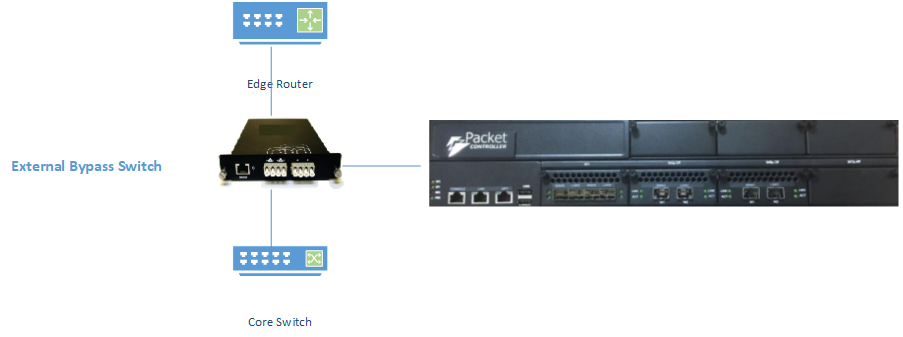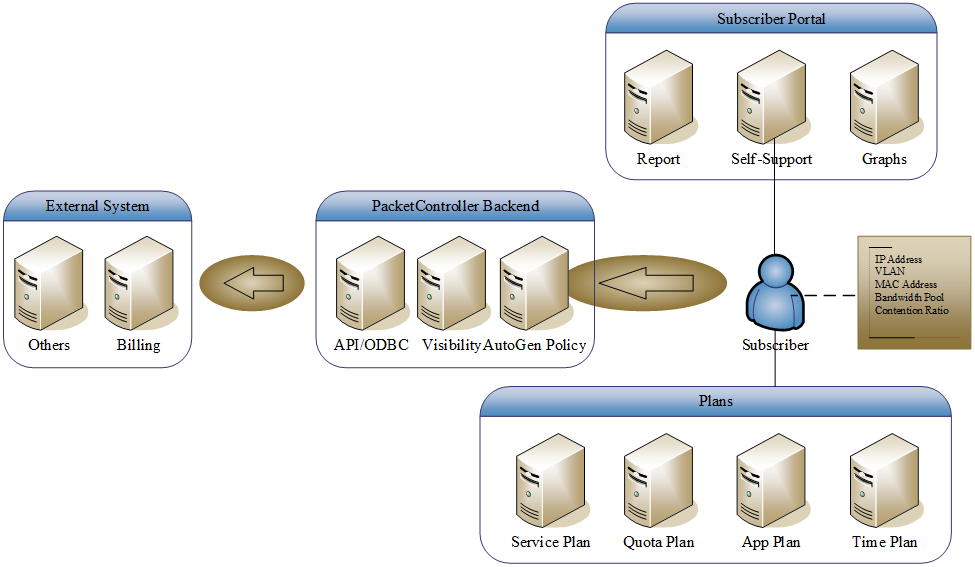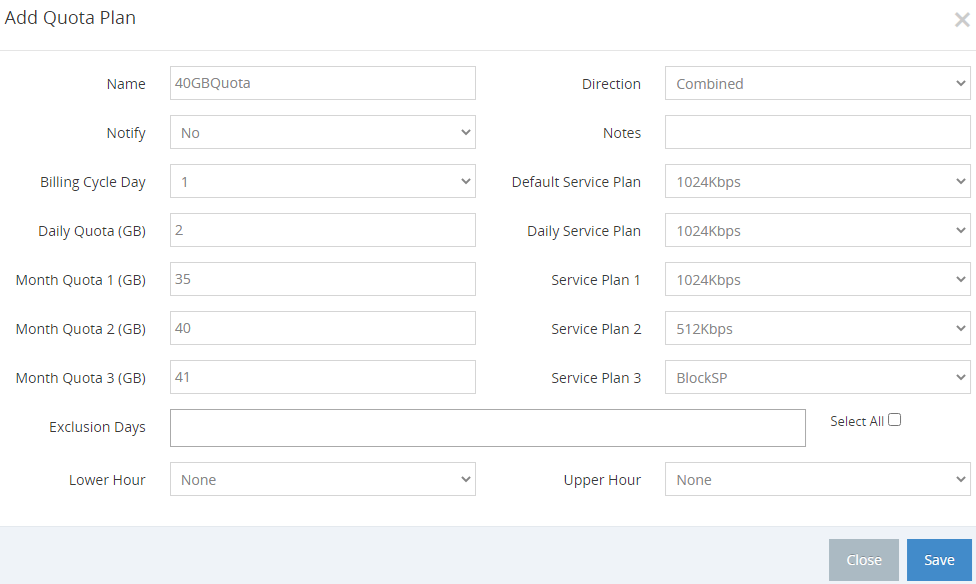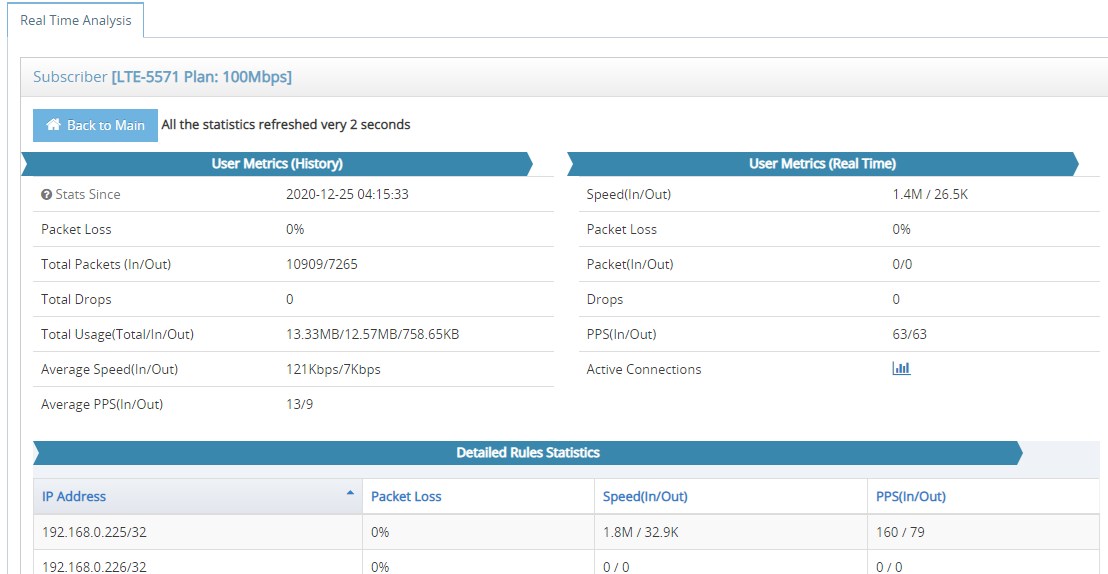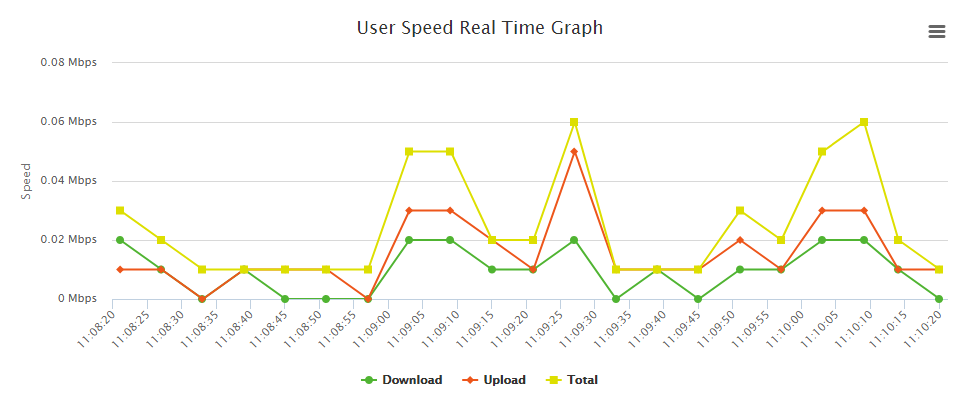PacketController represents the new generation of bandwidth management in policy enforcement. It provides all the features you need to control the amount of bandwidth with stunning performance.
Powerful QoS features
Following are key QoS features of the PacketController:
Customizable DPI engine
The built-in DPI engine is totally Customizable for ports, protocls, IP list and web sites.
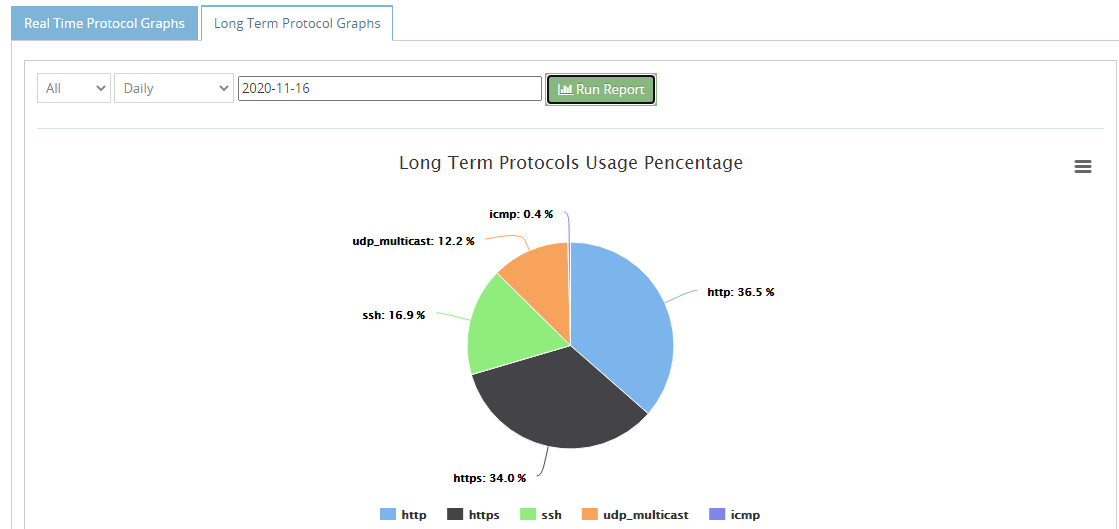
Automatic network congestion management when the pipe is fully/nearly utilized
Congestion occurs when the pipe is fully utilized, PacketController has built-in network congestion
to kick in to eliminate all the congestions, drops and retransmission on the network. Unlike the
queue-based technology, PacketController utilizes automatic TCP window manipulation to control
the overall network congestion rather than shift the latency form one application to another.
For example, when the pipe of 1Gb/s has been utilized 950Mbps, PacketController built-in network
congestion feature will monitor the flow of traffics and dynamically ensures that high priority traffic
has the bandwidth it requires. .
Automatic P2P bandwidth usage throttling
The automatic P2P bandwidth usage throttling technology brings policy enforcement improvement and user experience enhancement. It monitors bandwidth usage of each and every online subscriber, and it differentiates P2P usage and other applications like web surfing.
One QoS policy to classify both inbound and outbound bandwidth usage
PacketController could classify both inbound and outbound bandwidth by pacing through controlling client requests.
For example, you can limit any IP/network or whatever to 512Kbps inbound and 248Kbps outbound.
Fine grained control of the overall inbound or/and outbound bandwidth usage on uplink
This feature is simple but has implications: offload the router/firewall.
For example, you could set the PacketController interface to router/firewall to the speed of the pipe.
This has the effect of unloading the router/firewall from having to deal with congestion and it can get on
with what it was designed to do which is route packets.
In point-to-multipoint network such as frame relay, there will be multiple virtual links running on the
single interface, you could set up group for all the virtual links through its IP addresses, this will help
you limit the circuits to its CIR to avoid being charged.
Unlimited hosts or connections, supports 300K QoS policies at 40Gbps speeds
This is about system capability. PacketController is optimized for large set of QoS policy.
For example, you have 80K subscribers with different IP address/netmask, you could safely create 80K QoS policies mapping to those subscribers with the concern of system overloaded.
PacketController could handle 300K QoS policies at 40Gbps full duplex on right hardware.
Bandwidth classification by IP address, MAC address, protocols, ports, port ranges, applications, VLAN(802.1q) and URL or any combinations
PacketController supports rich classifications. For example, you could limit host P2P of VLAN 101 to 2Mbps
P2P protocols classification - Bittorent, Gnutella, Kazar and its variants
PacketController promotes per-subscriber methodology. However it could easily do the Deep Packet Inspection.For example, you could limit P2P application overwll usage to 10Mpbs to ensure that P2P usage is under control.
For any P2P variants which fail to be identified by PacketController, we could launch packet analysis and update our application signature.
QoS policy scheduling in real time
PacketController supports QoS policy scheduling. For example, you could limit P2P application overall usage to 10Mpbs from 9:00AM to 18:00PM, and limit P2P application overall usage to 5Mpbs from 18:30PM to 8:30AM.
VOIP bandwidth management
PacketController supports VOIP bandwidth management in 2 effective ways.
One is to allocate dedicated bandwidth to VOIP through its ports or IP address or H.323 applications. The other is to make sure the latency of VOIP application is ALWAYS minimal and stable.
For example, LifeSize Room 200 will utilize 1.7Mbps (both inbound and outbound) for 1080p30, PacketController could allocate dedicated bandwidth for LifeSize Room 200 no matter what other application utilizes the bandwidth,at the same time, PacketController will make sure the network latency of LifeSize Room 200 is 50ms ALL THE TIME no matter what other application utilizes the bandwidth.
9 built-in defined priorities to prioritize applications
PacketController supports 9 priorities to prioritize the packets and applications.
However, priority is not the feature we recommend because priority will definitely introduce a time penalty to pay for every frame that is prioritized, because you have to hold some amount of data so that you can reorder it according to the prescribed priorities.
Normally you could consider priority when the uplink is fully utilized and you want to prioritize some applications or subscribers.
CIR and Burst bandwidth allocation
Burst is the critical component in any bandwidth management box. It will make no sense to limit your subscriber bandwidth without bursting. It is just like you have multiple separate links for each subscriber and will gain no benefit of consolidation. Burst allows you to borrow unused bandwidth from subscribers who are not currently using it to other subscribers who need bandwidth at this point. This means you can support more subscribers with your pipe.
PacketController needs 2 parameters for burst, one is the burst time (by default 100 seconds), and it does not make sense to burst in very short time. The other is burst condition which could be any QoS policy, uplink usage etc.
For example, you define the 90% of uplink usage as the burst condition for service level 512Kbps, bursting to 800Kbps for 100 seconds if uplink usage is less than 90% of uplink usage. And it will stay at 512Kbps when uplink usage is more than 90%.
Dedicated and Shared Bandwidth allocation
By default, all the bandwidth allocation in PacketController is shared. For example, one subscriber has been assigned 512Kbps, if he/she has not utilized 100Kbps at this point, the remaining 412Kbps could be utilized by other subscribers.
Dedicated bandwidth means it CAN NOT be utilized by other QoS policy no matter the dedicated bandwidth utilized or not. For example, one subscriber has been assigned 512Kbps, those 512Kbps will be reserved no matter this subscriber uses it or not.
Unlimited and nested policy groups
Groups are basically a way of sub-dividing your link into separate buckets of bandwidth and/or types. You can then put subscribers or servers or destinations or whatever you wish into those groups and they are treated separately
You can set priorities within groups in the same way as described above and they operate within the group. Group could be within other groups to any levels.
automatic balanced group function
You can also set on the balance for a group and all members will get similar amounts of bandwidth.
For example, you assign 10Mbps to one group, if there are 2 members within this groups, each member could get 5Mbps; if there are 10 members within this group, each member gets 1Mbps.
SLA management
SLA is service plan in PacketController. You could create unlimited service plans and assign to any subscriber.
For example, you have normal home broadband: it is shared in different contentions like 8:1 on different service level at 256Kbps DL and 128Kbps UL; And you have difference service packages of 5Mbps, 10Mbps and 20Mbps for business services. Further, you have CIR for enterprise.
You could easily implement the SLA management through service plans in PacketController.
Integrated simple firewall functions to block custom-defined traffic
PacketController incorporates simple firewall functions. For example, you can block any telnet service to your mail server.
Policy-based connection control for protection against DoS/DDoS attacks
Dos/DDoS is network security issue for many networks. PacketController could to some extent address this issue through policy-based connection control.
